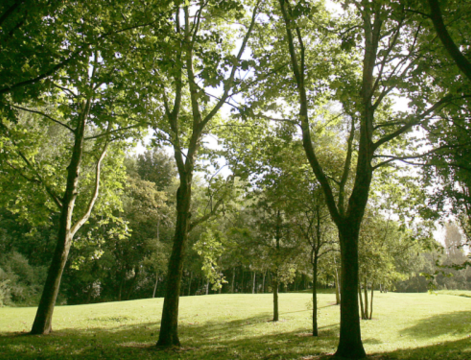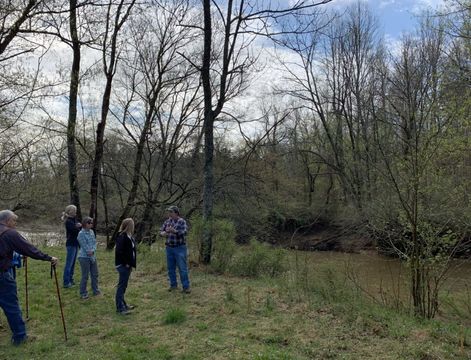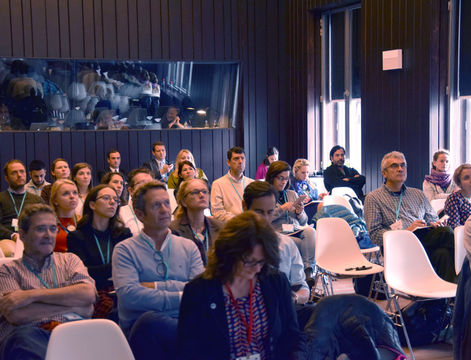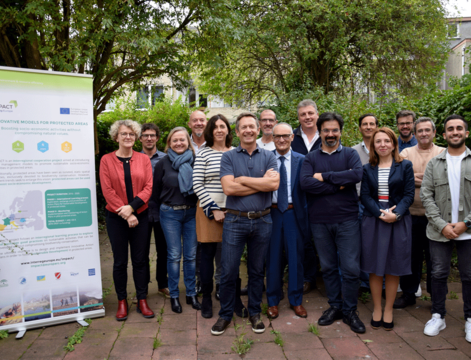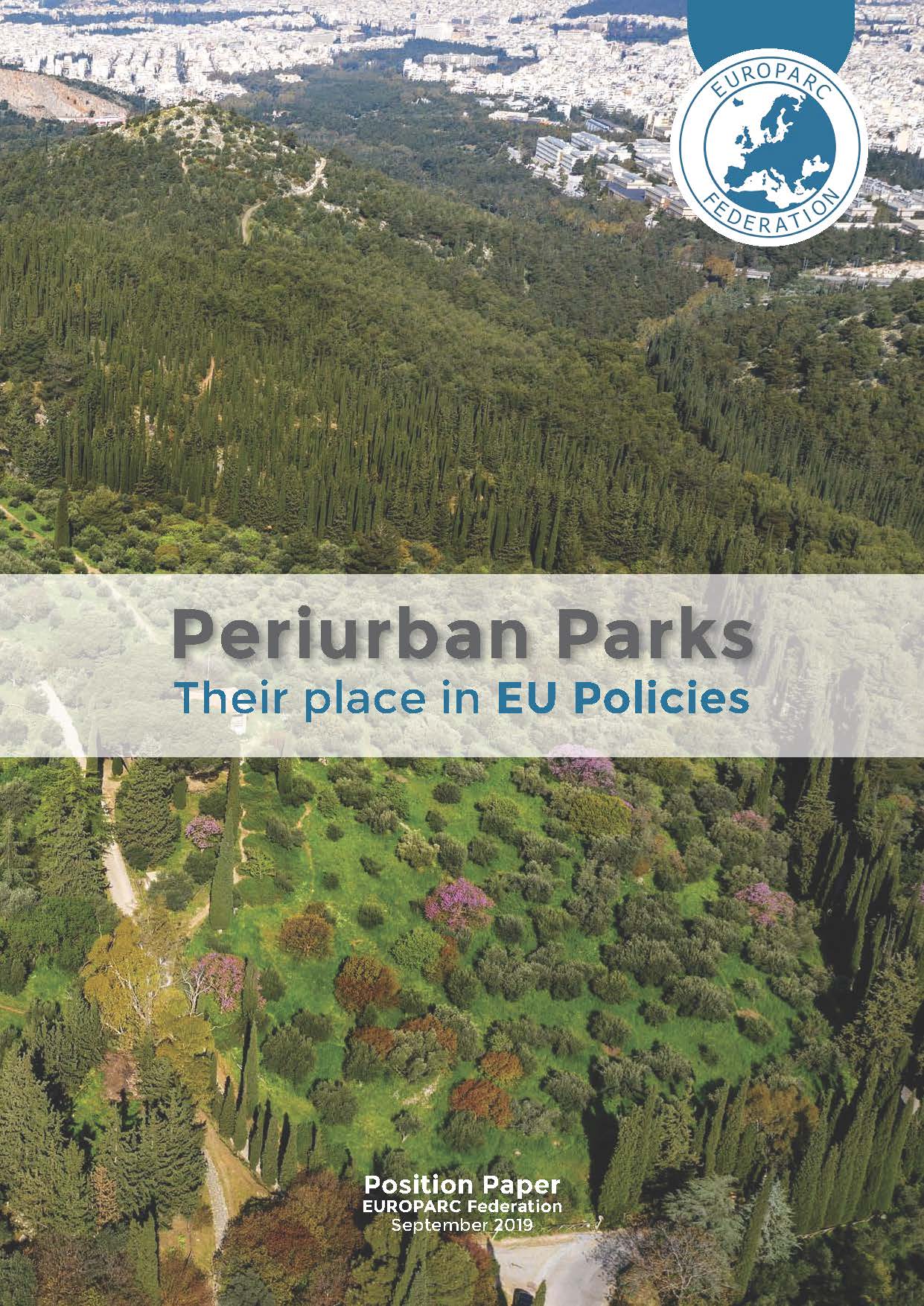Nature knows no boundaries and therefore Transboundary Parks not only share the same natural resources, landscapes, and species, they also share (or have the potential to share) visitors.
The growing number of nature-based tourists brings about special attention to our natural spaces. Having a cross-border management approach to visitor management can bring several benefits for the Protected Areas across borders.
What are the benefits of a Transboundary approach to visitor management?
Cross-border improvements are needed if we are to ensure low impact on protected area resources and enhance the benefits to the local communities and visitors’ experiences:
- Finding a more balanced tourism flow: reduce the impact of tourists by promoting visits to the Park on the other side of the border;
- Sharing resources and provide touristic information;
- Developing cross-border methodologies to accurately count visitors, understand behavior patterns and expectations;
- Promoting higher benefits to tourism-related businesses at the local/regional level
In the first case study, participants were given an example on how to implement a cross-border visitor monitoring methodology. On the second case study, we’ve seen how a Transboundary region has implemented the European Charter for Sustainable Tourism in Protected Areas, becoming the first Transboundary Sustainable Destination in Europe.
Presentations Visitor Management in Transboundary Parks – an overview, by Luís Monteiro
Case Study 1 – Establishment of a cross-border socioeconomic monitoring Šumava and Bavarian Forest National Parks, by Florian Porst
Case Study 2 – Towards a more sustainable tourism in the Julian Alps: Application of the European Charter for Sustainable Tourism in a transboundary area, by Mocja Smolej
Watch the full webinar below






